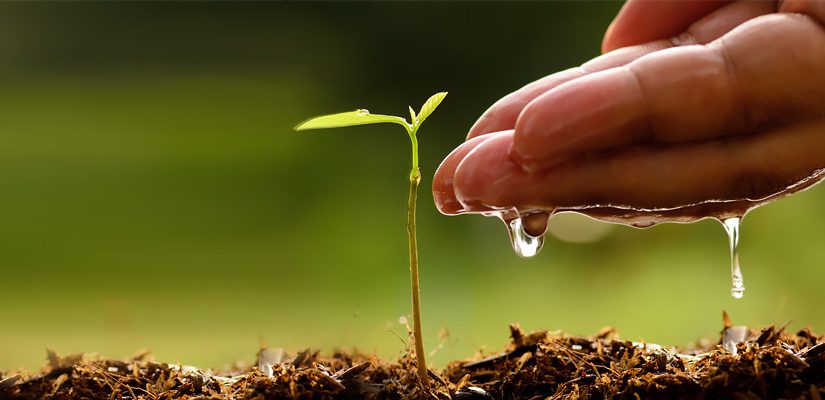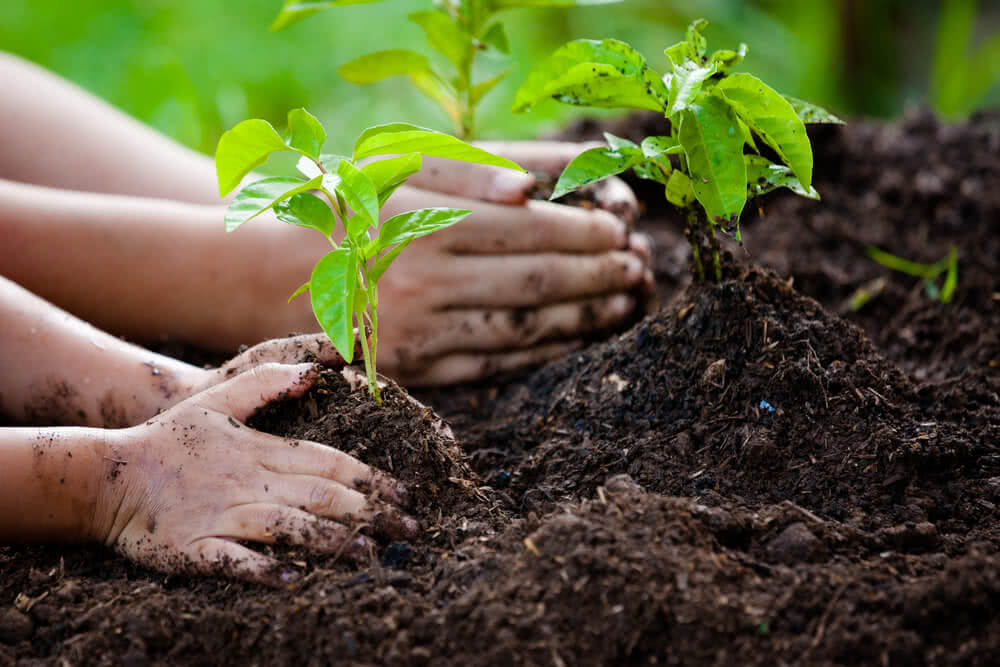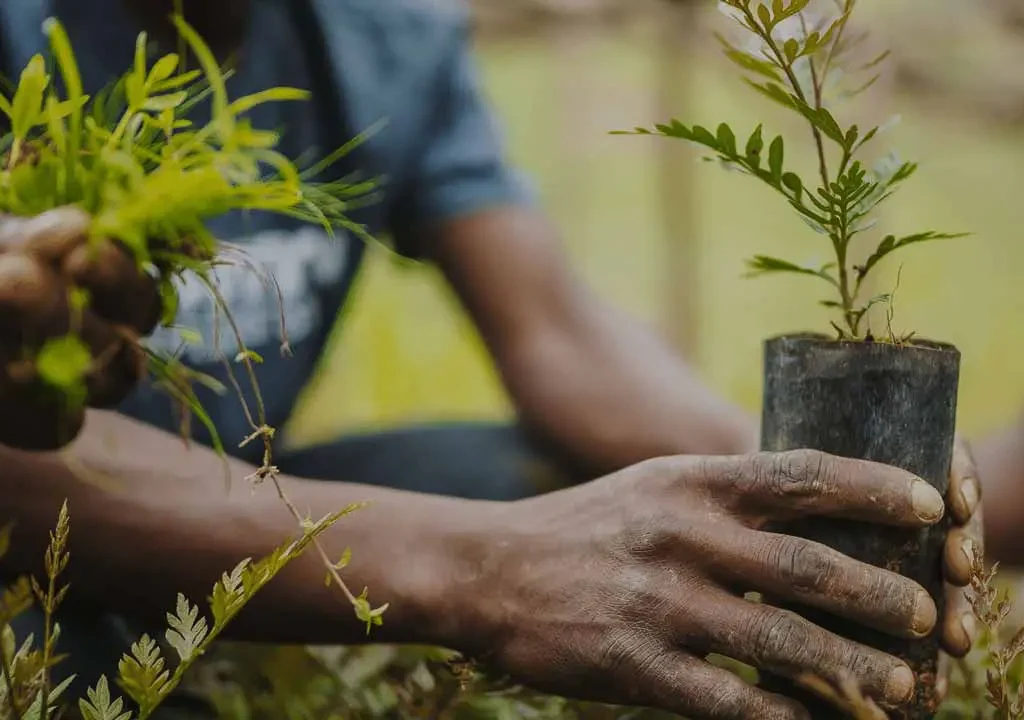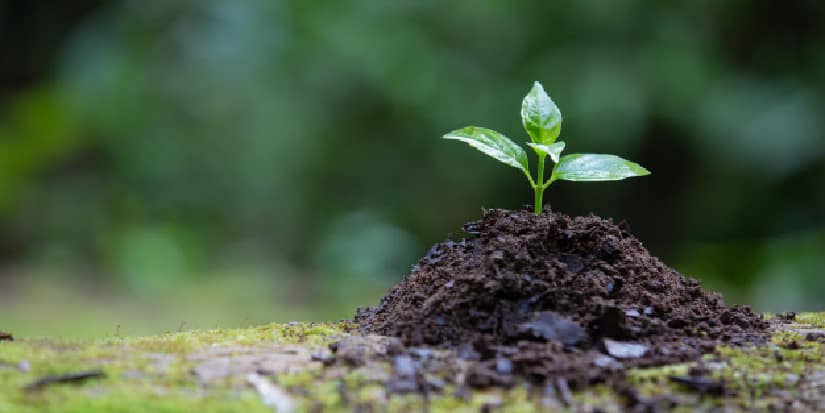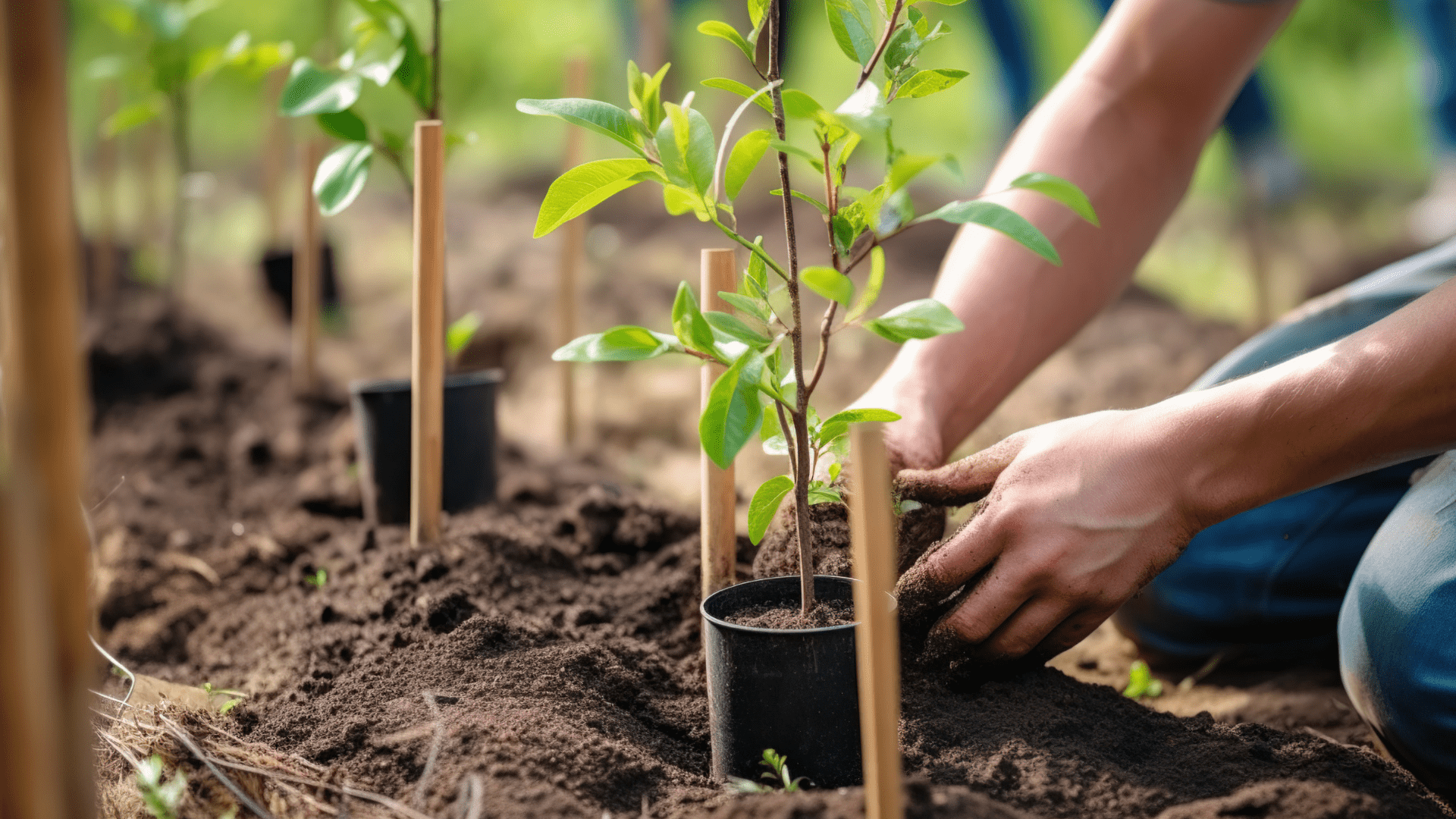Table of Contents
ToggleTree Planting: A Guide to Growing a Greener Future
Introduction
Ever thought about planting a tree? It’s more than just digging a hole and sticking a sapling in the ground. Tree planting is an act of hope and commitment to our planet. In this guide, we’ll dive deep into the world of tree planting, exploring its myriad benefits, practical steps, and how you can make a difference. Ready to get your hands dirty? Let’s get started!
The Benefits of Tree Planting
Environmental Benefits
Planting trees is like giving Mother Earth a big hug. Trees take in carbon dioxide, a key greenhouse gas, and emit oxygen. This process, known as carbon sequestration, helps combat climate change. Trees also provide habitats for countless species, enhancing biodiversity. Plus, their roots stabilize the soil, preventing erosion and improving water quality.
Social Benefits
Trees do wonders for our communities. They provide shade, making urban areas more comfortable during hot summers. Green spaces with trees are perfect for social gatherings, sports, and relaxation. Trees also improve mental health by reducing stress and promoting a sense of well-being. Who doesn’t love a walk in a leafy park?
Economic Benefits
Believe it or not, trees can boost the economy. They create jobs in landscaping, forestry, and environmental conservation. Properties with mature trees often have higher real estate values. Additionally, attractive green spaces can draw tourists, bringing in revenue for local businesses.
Environmental Impact
Carbon Sequestration
One of the most crucial roles trees play is capturing carbon dioxide from the atmosphere and storing it. This process not only reduces the amount of CO2, a significant contributor to global warming, but also produces the oxygen we breathe. It’s a double victory for both the Earth and humanity!
Biodiversity Enhancement
Trees provide essential habitats for birds, insects, and other wildlife. By planting a variety of species, we can support a diverse ecosystem. This biodiversity is crucial for a healthy and resilient environment.
Soil and Water Conservation
Tree roots help bind the soil, preventing erosion. They also play a role in the water cycle by absorbing rainwater and reducing runoff. This helps maintain groundwater levels and keeps our rivers and lakes clean.
Social Impact
Community Building
Planting trees brings people together. Community tree planting events are great ways to meet neighbors and work towards a common goal. These activities foster a sense of community pride and ownership.
Mental Health Benefits
Nature has a calming effect on our minds. Studies have shown that spending time around trees can reduce stress, anxiety, and depression. It’s like nature’s therapy session!
Aesthetic Value
Trees enhance the beauty of our surroundings. A well-placed tree can transform a bland street into a picturesque avenue. They add color, texture, and character to any landscape.
Economic Impact
Job Creation
From growing saplings in nurseries to planting and maintaining mature trees, the tree planting industry provides numerous job opportunities. This includes roles in forestry, urban planning, and environmental education.
Increased Property Values
Homes surrounded by trees often see a rise in property value. Trees improve curb appeal and create a pleasant living environment, making properties more desirable to buyers.
Tourism Boost
Beautiful, tree-filled parks and gardens attract visitors. These green spaces can become local landmarks, drawing tourists and boosting the economy.
Types of Trees to Plant
Native Species
Planting native species is crucial as they are adapted to the local climate and soil conditions. They support local wildlife and require less maintenance.
Fruit Trees
Fruit trees are a fantastic choice if you want to combine beauty with productivity. They provide delicious fruits and attract pollinators like bees.
Ornamental Trees
Ornamental trees, such as cherry blossoms and magnolias, add aesthetic value with their stunning flowers and foliage. They are perfect for beautifying gardens and public spaces.
Choosing the Right Location
Urban vs. Rural Areas
Both urban and rural areas benefit from tree planting, but the approach may differ. Urban areas might need more shade trees to cool the environment, while rural areas might focus on reforestation and habitat creation.
Public Spaces vs. Private Property
Public spaces like parks and streets are ideal for community planting projects, while private properties offer personal benefits and increased property value. Collaboration between both is often beneficial.
Climate Considerations
It’s essential to choose tree species that are suitable for the local climate. Factors like temperature, rainfall, and soil type should guide your selection to ensure the trees thrive.
Preparation for Planting
Soil Testing
Sure, here’s a rewritten version: Prior to planting, it’s essential to analyze the soil for its pH balance and nutrient composition. This information helps in selecting the right trees and necessary soil amendments.
Site Clearing
Clear the planting site of weeds, debris, and any obstacles that could hinder tree growth. This ensures a healthy start for the saplings.
Gathering Tools and Materials
Prepare all necessary tools and materials, including shovels, mulch, stakes, and watering cans. Having everything ready beforehand makes the planting process smoother and more efficient.
Planting Techniques
Digging the Right Hole
Here’s a rewritten version: Excavate a hole that is both twice the width and depth of the tree’s root ball to ensure ample space for root spreading and establishment.
Proper Placement of the Tree
Place the tree in the hole, ensuring it stands upright. The root collar (where the roots meet the trunk) should be level with the ground surface. Here’s a rewritten version: Fill the excavation with earth, softly pressing to remove any trapped air.
Watering and Mulching
Water the tree thoroughly after planting. Apply a layer of mulch around the base, keeping it away from the trunk, to retain moisture and suppress weeds.
Aftercare and Maintenance
Watering Schedules
Here’s a unique rewrite: It’s crucial to water young trees consistently, particularly when weather conditions are dry. Establish a consistent watering schedule to ensure they receive adequate moisture.
Pruning and Trimming
Prune the trees to remove dead or diseased branches and shape their growth. Proper pruning encourages healthy development and prevents potential hazards.
Pest and Disease Management
Keep an eye on the trees for any indications of insects or illnesses. Early detection and treatment are crucial to prevent damage and ensure the trees’ long-term health.
Community Involvement
Organizing Tree Planting Events
Engage your community by organizing tree planting events. These events can raise awareness, foster teamwork, and contribute to a greener neighborhood.
Schools and Educational Programs
Involve schools in tree planting activities. Educational programs can teach students about the environment and the importance of trees, instilling a sense of responsibility.
Corporate Sponsorships and Partnerships
Seek corporate sponsorships and partnerships to fund tree planting initiatives. Businesses often support environmental projects as part of their corporate social responsibility efforts.
Challenges and Solutions
Common Planting Mistakes
Avoid common mistakes like planting too deeply or not watering enough. Proper education and preparation can prevent these issues.
Dealing with Pests and Diseases
Implement integrated pest management (IPM) strategies to handle pests and diseases. This approach combines biological, cultural, and chemical methods for effective control.
Ensuring Long-term Survival
Ensure the long-term survival of planted trees by providing
